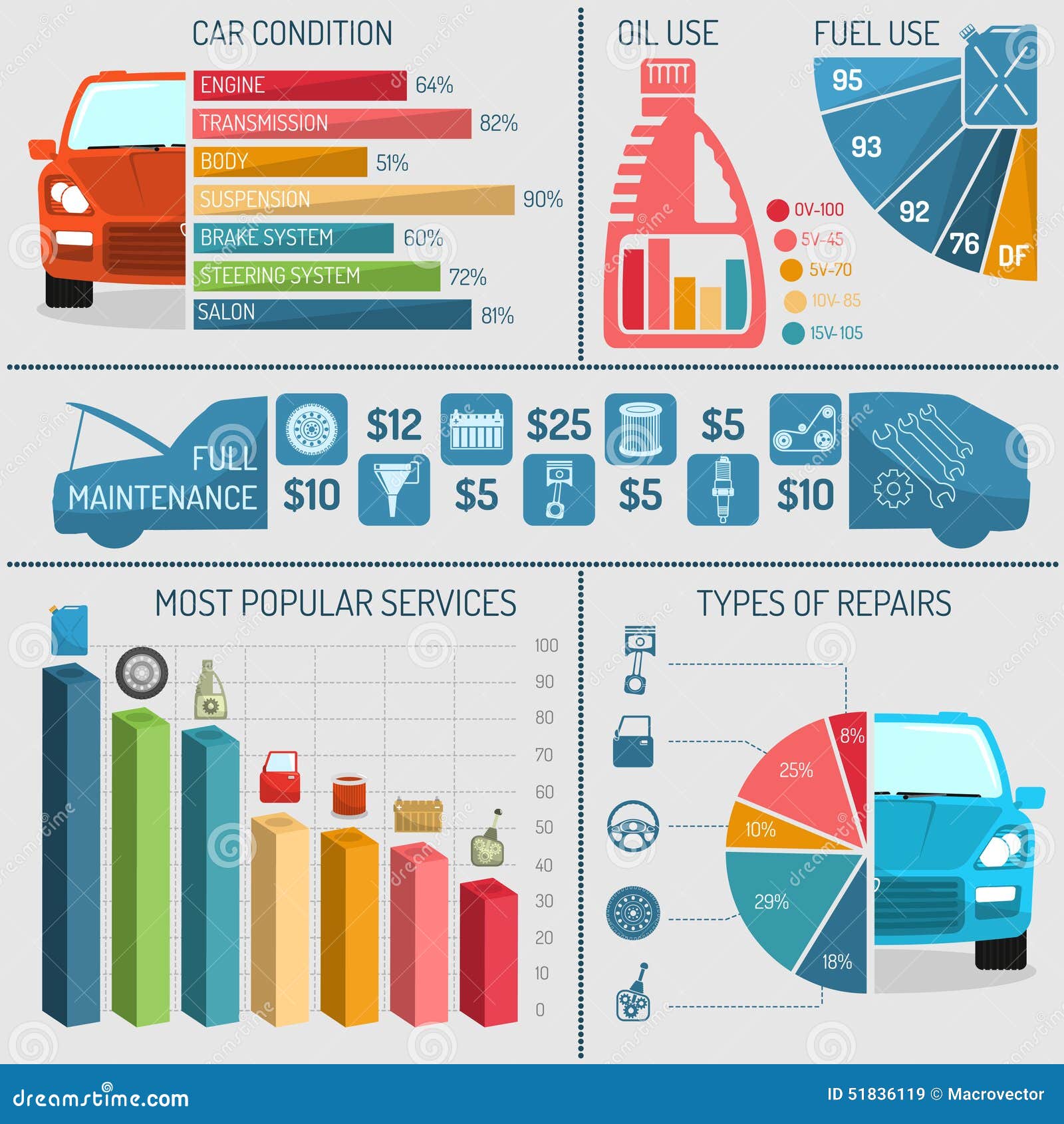Analyzing Your Automobile'S Alert Lighting: Their Real Ramifications
Analyzing Your Automobile'S Alert Lighting: Their Real Ramifications
Blog Article
Short Article Created By-Lim Gilbert
When you're behind the wheel, those beautiful caution lights on your dashboard can be a little bit complicated. Do wax detailing know what they're trying to inform you concerning your car's health and wellness? Recognizing the significance of these lights is important for your security and the longevity of your automobile. So, the following time among those lights turns up, wouldn't you want to decipher its message precisely and take the necessary steps to address it?
Common Caution Lights and Interpretations
Determine typical caution lights in your car and understand their significances to guarantee safe driving.
One of the most common caution lights include the check engine light, which indicates issues with the engine or exhausts system. If this light comes on, it's critical to have your vehicle examined promptly.
The oil stress warning light suggests reduced oil pressure, needing immediate focus to avoid engine damage.
A flashing battery light may recommend a faulty billing system, potentially leaving you stranded otherwise dealt with.
The tire stress monitoring system (TPMS) light notifies you to low tire pressure, influencing car security and fuel performance. Disregarding great site could cause dangerous driving conditions.
The ABS light indicates a problem with the anti-lock stopping system, jeopardizing your capacity to stop swiftly in emergencies.
Lastly, the coolant temperature level advising light warns of engine overheating, which can cause extreme damage if not fixed promptly.
Recognizing Recommended Studying will help you address problems quickly and maintain secure driving conditions.
Value of Prompt Interest
Recognizing the common warning lights in your car is just the first step; the significance of quickly dealing with these warnings can not be highlighted enough to guarantee your safety when traveling.
When a warning light illuminates on your control panel, it's your vehicle's means of interacting a potential issue that requires focus. Neglecting these cautions can bring about much more extreme troubles in the future, compromising your security and possibly costing you more in repairs.
Trigger focus to advising lights can prevent failures and crashes. For instance, a flashing check engine light might show a misfire that, if left neglected, can cause damages to the catalytic converter. Addressing this promptly can save you from an expensive repair.
Likewise, a brake system advising light could indicate low brake liquid or used brake pads, vital elements for your safety and security when driving.
DIY Troubleshooting Tips
If you discover a caution light on your dashboard, there are a few do it yourself repairing suggestions you can attempt before seeking expert aid.
The very first step is to consult your cars and truck's manual to understand what the details caution light suggests. Sometimes interior detail cleaner can be as straightforward as a loose gas cap setting off the check engine light. Tightening up the gas cap may resolve the trouble.
One more typical concern is a reduced battery, which can cause different warning lights. Inspecting the battery connections for corrosion and guaranteeing they're secure might fix the trouble.
If a warning light continues, you can try resetting it by disconnecting the automobile's battery for a couple of minutes and then reconnecting it. Additionally, examining your car's fluid levels, such as oil, coolant, and brake fluid, can help fix warning lights associated with these systems.
Conclusion
In conclusion, comprehending your auto's warning lights is important for maintaining your automobile running efficiently and safely. By without delay attending to these alerts and understanding what they suggest, you can prevent expensive repair work and possible malfunctions.
Bear in mind to consult your car's guidebook for specific details on each advising light and take action appropriately to make sure a trouble-free driving experience.
Remain notified, remain secure when driving!
